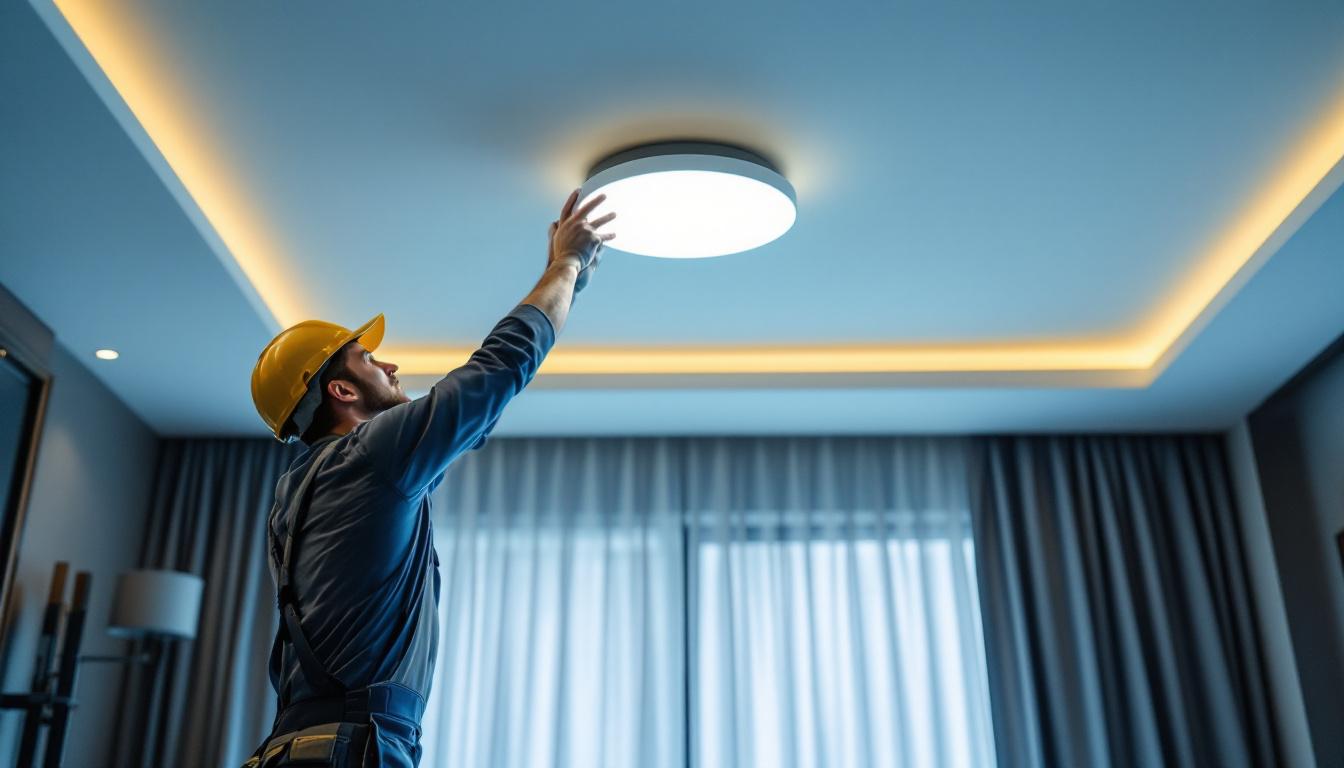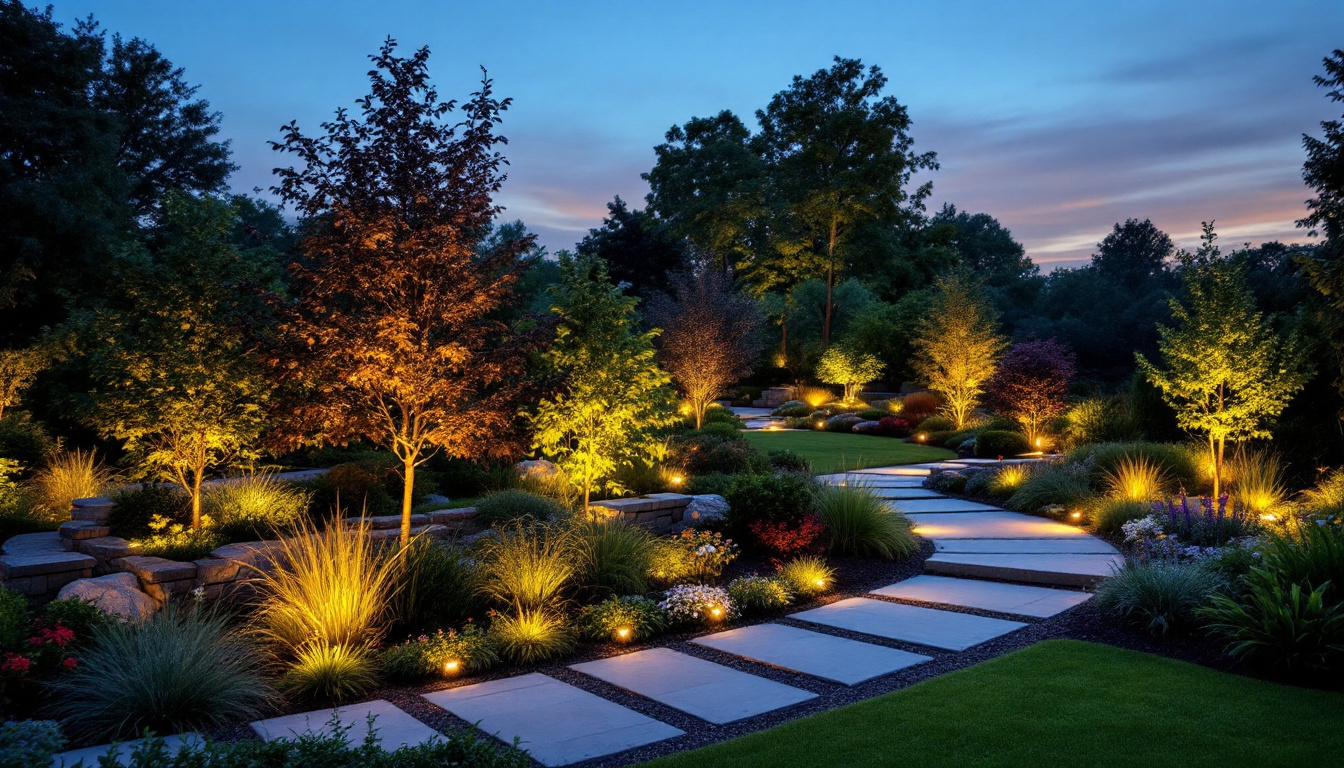
Lighting plays a crucial role in enhancing the aesthetics and functionality of spaces. Among the various components that contribute to effective lighting design, decorative can light trim stands out as a vital element for lighting contractors. This article explores the significance of decorative can light trim, its types, installation tips, and how it simplifies the work for lighting contractors.
Decorative can light trim refers to the visible part of a recessed lighting fixture that is installed in the ceiling. It not only serves a functional purpose by directing light but also adds a decorative touch to the overall design of a room. The trim can significantly influence the ambiance and style of a space, making it an essential consideration for lighting contractors. With the right trim, homeowners can create a warm and inviting atmosphere or a sleek and modern vibe, depending on their design preferences.
In the world of lighting design, the trim acts as a bridge between the fixture and the ceiling. It can either blend seamlessly with the ceiling or stand out as a statement piece. The choice of trim can affect the distribution of light, the perceived height of the ceiling, and even the color temperature of the light emitted. Therefore, understanding the various options available is crucial for contractors aiming to meet their clients’ expectations. Additionally, the trim can play a pivotal role in energy efficiency; for instance, trims designed to optimize light output can reduce the need for additional fixtures, ultimately leading to lower energy costs.
There are several types of decorative can light trim available, each with unique characteristics and aesthetic appeal. The most common types include:
In addition to these common types, there are also specialty trims designed for specific applications. For example, low-profile trims can be used in spaces with limited ceiling height, providing a sleek look without compromising on light quality. Furthermore, trims with integrated smart technology are becoming increasingly popular, allowing homeowners to control lighting remotely or adjust brightness and color temperature through mobile apps. This innovation not only enhances convenience but also allows for personalized lighting experiences that can adapt to different moods and occasions.
Installing decorative can light trim may seem straightforward, but there are several considerations that lighting contractors should keep in mind to ensure a successful installation.
Before installation, it is essential to select the appropriate trim based on the specific requirements of the space. Factors such as ceiling height, room function, and desired ambiance should guide the choice. For instance, a reflective trim may be ideal for a kitchen where bright light is necessary, while a decorative baffle might be better suited for a cozy living room. Additionally, contractors should consider the color and finish of the trim, as these elements can significantly influence the overall aesthetic. A matte finish may reduce glare and provide a softer light, while a polished finish can enhance brightness and create a more modern look. Understanding the client’s preferences and the existing decor will help in making the best selection.
Compatibility between the trim and the recessed housing is crucial. Contractors should verify that the trim fits securely into the housing to prevent any issues such as flickering lights or gaps that can disrupt the aesthetic appeal. It is advisable to consult the manufacturer’s specifications to ensure a proper match. Furthermore, checking the wattage and type of bulb that the trim supports is essential, as using incompatible bulbs can lead to overheating or reduced lifespan of the fixtures. This step not only ensures safety but also maximizes energy efficiency, which is a growing concern for many homeowners today.
During installation, attention to detail is key. Ensuring that the trim is level and aligned with the ceiling can make a significant difference in the final appearance. Additionally, securing the trim properly will prevent it from becoming loose over time, which can lead to maintenance issues. It’s also beneficial to use a laser level or a measuring tape to guarantee uniformity across multiple fixtures, especially in larger spaces where visual consistency is paramount. Moreover, considering the placement of the lights in relation to furniture and other architectural features can help in creating a balanced and inviting atmosphere. Thoughtful positioning can enhance the functionality of the lighting while also highlighting the room’s best features, making it a focal point of the design.
One of the primary benefits of decorative can light trim is its ability to enhance the aesthetics of a space. By choosing the right trim, contractors can create a cohesive look that complements the overall design.
When working on a project, it is essential to consider how the trim will fit into the broader design scheme. For example, if the room features modern decor, sleek and minimalist trims may be the best choice. Conversely, a more traditional space may benefit from ornate trims that add character and charm. Additionally, the choice of materials can play a significant role in achieving the desired aesthetic. Metal trims can lend an industrial feel, while wooden trims can introduce warmth and texture, creating a more inviting atmosphere.
Decorative trims can also be used strategically to define different areas within an open floor plan. By varying the trim styles or colors, contractors can visually separate spaces while maintaining a harmonious overall look. This technique can enhance functionality and provide a sense of structure to larger areas. For instance, using a bold color trim in a dining area can create a focal point that draws attention, while softer, neutral trims in adjacent living spaces can help maintain a calm and cohesive flow throughout the home. Furthermore, incorporating lighting elements within the trims can add depth and dimension, making the defined spaces even more inviting and dynamic.
The finish of the decorative trim is another crucial aspect that can significantly impact the overall look of a room. Glossy finishes can reflect light and make a space feel larger and more open, while matte finishes can absorb light and create a more intimate atmosphere. Additionally, the choice of color can evoke different emotions and set the tone for the environment. For example, soft pastels can create a serene and calming space, while bold, vibrant colors can energize a room and inspire creativity. By carefully selecting the finish and color of the trim, contractors can further enhance the visual appeal and functionality of each area.
Investing in decorative can light trim can be a cost-effective choice for lighting contractors. While the initial cost may be higher than standard trims, the long-term benefits often outweigh the expenses.
High-quality decorative trims are designed to withstand wear and tear, ensuring a longer lifespan. This durability translates to fewer replacements and repairs, ultimately saving money for both contractors and clients in the long run.
Many decorative trims are designed to work with energy-efficient LED bulbs, which can significantly reduce energy consumption. By promoting energy-efficient lighting solutions, contractors can appeal to environmentally conscious clients while also lowering utility bills.
The lighting industry is constantly evolving, and staying updated on trends can help contractors offer the best solutions to their clients. Here are some current trends in decorative can light trim.
Minimalist designs with clean lines are gaining popularity as homeowners seek simplicity and elegance in their spaces. Trims that feature sleek designs without excessive embellishments are in high demand, making them a suitable choice for modern interiors.
Another trend is the use of mixed materials in decorative trims. Combining metal finishes with wood or other materials can create a unique look that appeals to a broad range of tastes. This approach allows for greater creativity and customization in lighting design.
While decorative can light trim offers numerous benefits, lighting contractors may encounter challenges during the selection and installation processes.
One of the primary challenges is managing client expectations. Clients may have specific ideas about what they want, which may not always align with practical considerations. Lighting contractors must effectively communicate the benefits and limitations of various trims to ensure clients make informed decisions.
The rapid advancement of lighting technology can also pose a challenge. New products and innovations are continually emerging, and contractors must stay informed to provide the best options. Regular training and industry research can help contractors remain competitive and knowledgeable.
Decorative can light trim is an essential aspect of lighting design that can significantly enhance the aesthetic and functional qualities of a space. For lighting contractors, understanding the various types, installation techniques, and current trends is crucial for delivering exceptional results. By simplifying the selection and installation process, decorative trims can elevate a contractor’s work and satisfy clients’ needs.
Ultimately, the right decorative can light trim not only illuminates a space but also adds character and style, making it a worthwhile investment for any lighting contractor. As the industry continues to evolve, embracing these elements will ensure that contractors remain at the forefront of lighting design.
Ready to take your lighting projects to the next level? LumenWholesale is your go-to source for premium, spec-grade decorative can light trims and more, all at unbeatable wholesale prices. Say goodbye to local distributor markups and hello to a vast selection of high-quality lighting products that meet the highest industry standards. With free shipping on bulk orders, we make it easy and cost-effective to stock up on the lighting essentials you need. Elevate your lighting designs today and enjoy the perfect blend of quality, affordability, and convenience. Visit LumenWholesale for Wholesale Lighting at the Best Value.

Discover how string lights for outdoor patios can be a cost-effective solution for lighting contractors.

Discover expert strategies and tips for lighting contractors to excel in ceiling light installations.

Discover how offering the best outdoor landscape lighting can boost your business as a lighting contractor.

Discover how electricity tools are revolutionizing the lighting industry, offering lighting contractors a competitive edge with enhanced efficiency, precision, and innovation.